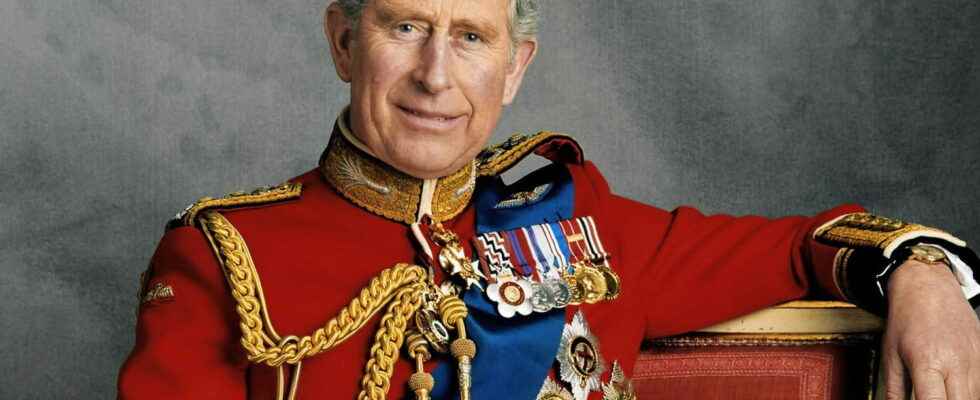COMMONWEALTH. By becoming king, Charles III becomes the sovereign, not only of England, but also of all the countries of the Commonwealth. We take stock of the countries that the new King of England will have to lead.
The queen is dead, long live the king… On Thursday, September 9, 2022, England and the world learned of the death of Queen Elizabeth II. Surrounded by her family in Balmoral Castle, Scotland, the Queen died in the heart of the afternoon. His son, Charles, therefore takes the head, not only of the British crown, but also of the Commonwealth. In all, he will have to manage no less than 2.5 billion subjects. Charles III will be officially enthroned king this Saturday, September 10, 2022. His coronation will only take place in a few months.
If the British displayed their emotion on social networks, the member countries of the Commonwealth also paid tribute to Elizabeth II. In Sydney, Australia, the flags are at half mast. Australian Prime Minister Anthony Albanese hailed “a historic reign and a long life dedicated to duty, family, faith and service” to the Queen of England: “Australian hearts go out to the people of the Kingdom United who are in mourning today, knowing they will feel they have lost some of what holds their nation together.” For his part, Justin Trudeau, Canadian Prime Minister recalled the strong ties that unite British and Canadians, when paying tribute to Elizabeth II: “She was our queen for almost half of Canada’s existence and she had an affection obvious and profound to all Canadians.” New Zealand Prime Minister Jacinda Ardern is “deeply sad”. Same story in India, where Prime Minister Narendra Modi said he was “pained by the disappearance” of the Queen.
It was with the heaviest of hearts that we learned of the passing of Canadas longest-reigning Sovereign, Her Majesty Queen Elizabeth II. She was a constant presence in our lives and her service to Canadians will forever remain an important part of our countrys history.
— Justin Trudeau (@JustinTrudeau) September 8, 2022
The Commonwealth is an intergovernmental organization. Its 56 member states are almost exclusively former territories of the British Empire. Born in 1926 during the process of decolonization, the Commonwealth was officially constituted with the declaration of London, in 1949. By this act, the member states are defined as free and equal. The Head of the Commonwealth and the King of England. It is therefore now Charles III who is at the head of the 2.5 billion subjects who make up this union. According to the main principles of the Commonwealth, the countries have no obligation towards the other member states. However, a charter indicates that they are united by a common language, history, culture and values, such as democracy, human rights and the rule of law.
The Commonwealth is made up of a number of countries that has varied over time. They were six founding states in 1926 (the British Empire, South Africa, Australia, Canada, as well as Ireland and Newfoundland). When Queen Elizabeth II came to power in 1952, there were nine countries within the Commonwealth, namely the United Kingdom, Canada, Australia, New Zealand, Ireland, South Africa, Pakistan, India and Sri Lanka. Now, 56 states form this union.
Here is the list: South Africa, Antigua and Barbuda, Australia, Bahamas, Bangladesh, Barbados, Belize, Botswana, Brunei, Cameroon, Canada, Cyprus, Dominica, Eswatini (formerly Swaziland), Fiji, Gambia, Ghana, Grenada , Guyana, India, Jamaica, Kenya, Kiribati, Lesotho, Malaysia, Malawi, Malta, Mauritius, Mozambique, Namibia, Nauru, Nigeria, New Zealand, Uganda, Pakistan, Papua New Guinea, United Kingdom, Rwanda, Holy -Lucia, Saint Kitts and Nevis, Saint Vincent and the Grenadines, Solomon Islands, Samoa, Seychelles, Sierra Leone, Singapore, Sri Lanka, Tanzania, Tonga, Trinidad and Tobago, Tuvalu, Vanuatu, Zambia.
